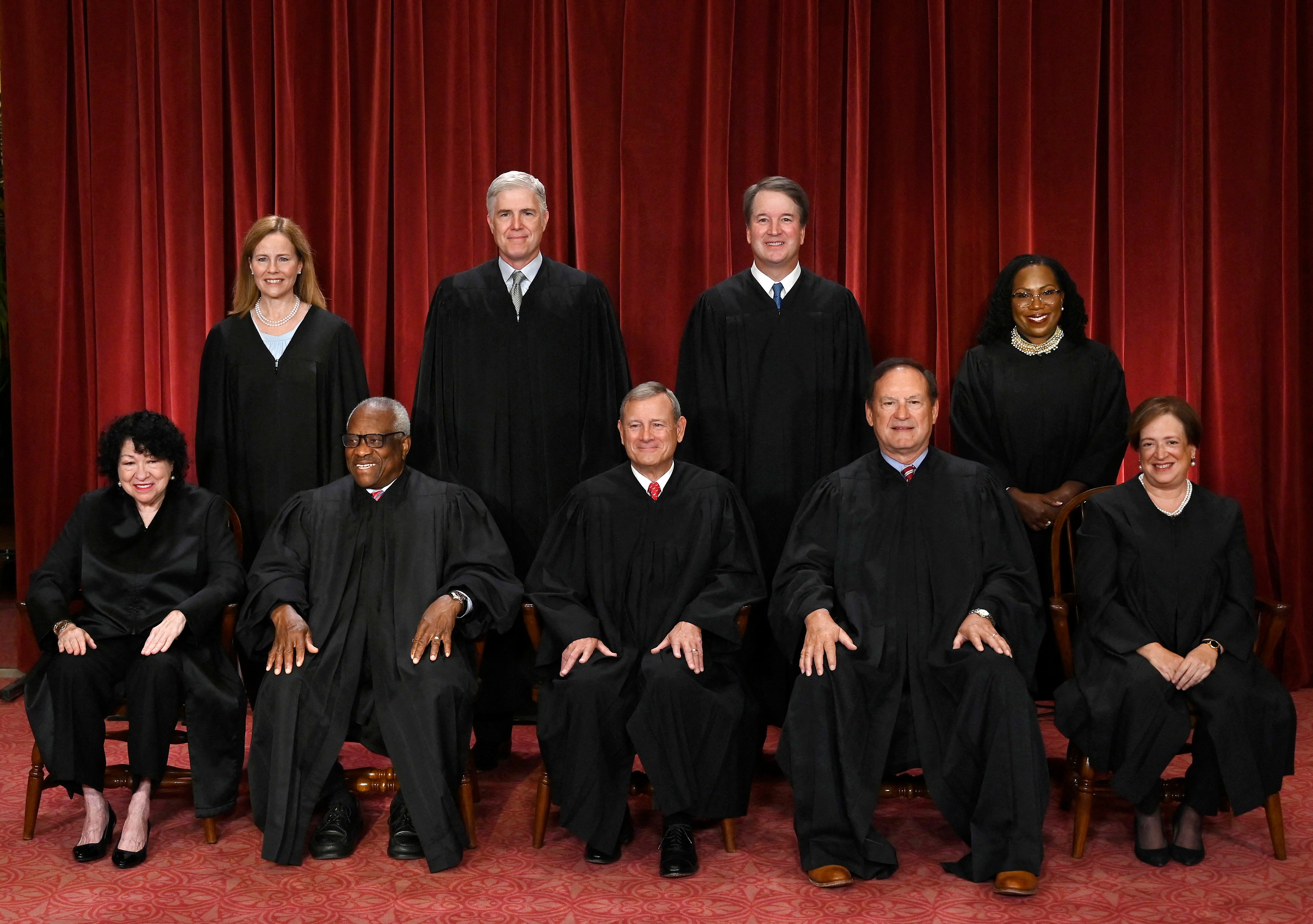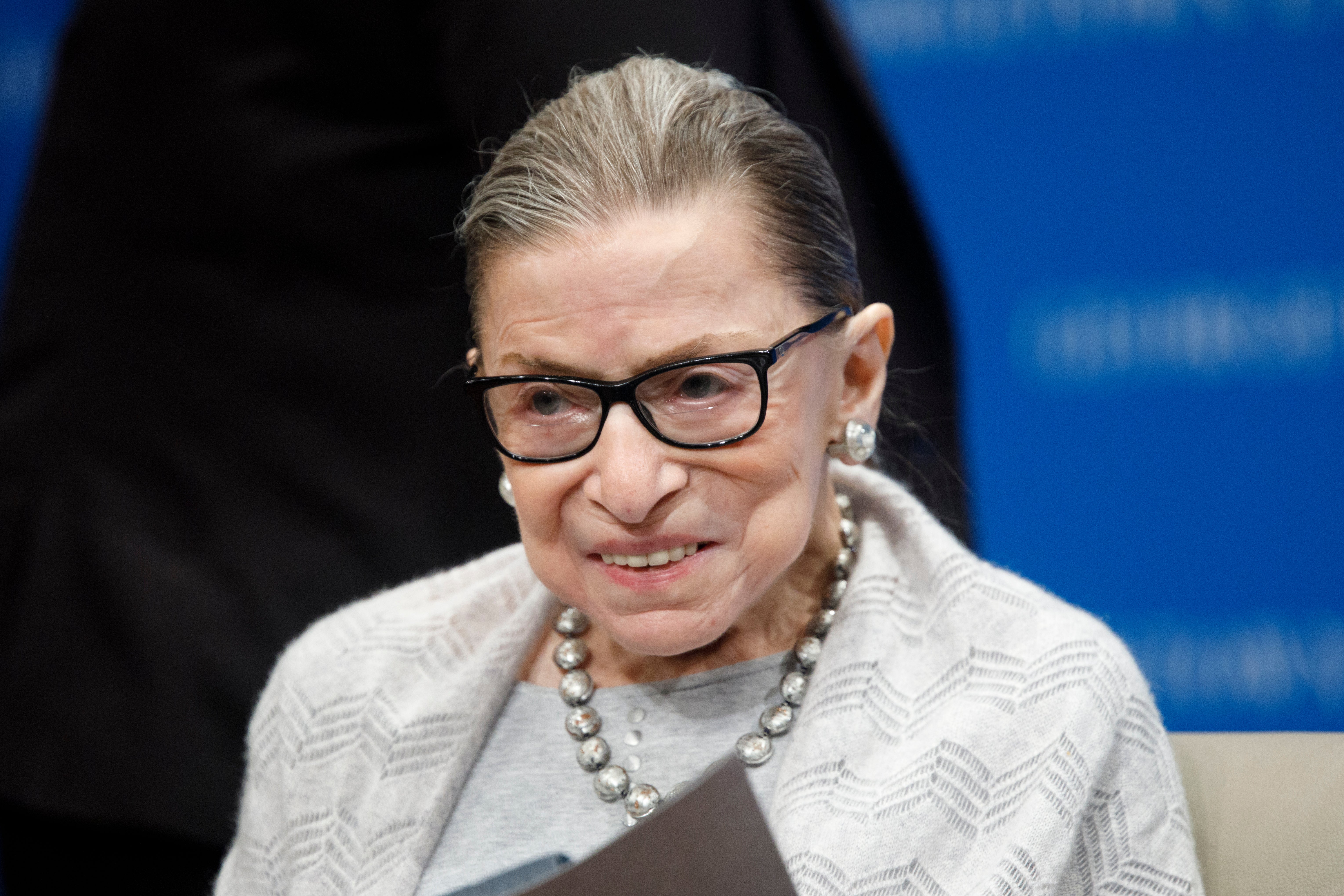Are conservatives headed for their own “Ginsburg moment”?
That could be the outcome of the 2026 midterm elections if Democrats have any say in the matter.
With next year’s congressional elections still on the horizon, the first glimpses of the political dynamics that will shape 2026 are coming into view. Even as Donald Trump and his administration remain this week consumed by an uproar among the MAGA base over the handling of the Jeffrey Epstein investigation, issues like inflation and the White House’s mass deportation raids continue to retain salience quietly in the background — quietly, but not with diminished importance, as they’ll likely remain the top factors driving Americans to the polls.
Then, there’s the Supreme Court. It remains a sore point for liberals who watched Republicans lock Barack Obama out of the discussion over a vacant seat in 2016 and then, in 2020, watched Ruth Bader Ginsburg’s death just two months before a presidential election notch a second rightward shift for the court in less than a decade.
Justice Clarence Thomas, 77, is the oldest member of the bench. Some conservatives have privately begun to fret that the right-leaning justice or his 75-year-old colleague, Samuel Alito (whose wife hung a symbol honoring the January 6 conspiracy after the attack) could cause another “Ginsburg moment” by refusing to resign while Republicans control the Senate, allowing one or both seats to fall into liberal hands.

Legal commentators are somewhat torn over whether either will retire this term. Mike Davis, a former Senate GOP staffer on Supreme Court nominations and current “viceroy” of Trumpworld, wrote that Alito was “gleefully packing up his chambers” after the 2024 election.
Ed Whelan, the Antonin Scalia chair in constitutional studies at the Ethics and Public Policy Center, also predicted in 2025 that Alito would retire in 2025, and Thomas in 2026, according to the American Bar Association Journal (ABAJournal).
Others are less certain, and a source close to Alito tried to tamp down on that speculation earlier this year.
“Despite what some people may think, this is a man who has never thought about this job from a political perspective,” they told the Wall Street Journal.
“The idea that he’s going to retire for political considerations is not consistent with who he is,” the source added.

David Lat, who founded his own blog reporting on gossip surrounding the Court and broader legal world, also noted to ABAJournal that both justices have hired full rosters of clerks for the upcoming two terms, the latter of which will end in 2027.
Under Donald Trump’s first term, three Supreme Court vacancies were filled by conservative justices. Ginsberg’s refusal to retire at multiple points when multiple factors were clear, including how her health challenges were affecting her work and the likelihood that Republicans would bend the rules (or shatter them) to see her seat filled with a conservative, is still looked by many as a failure of not just the justice but those liberals around her who allowed the octogenarian’s desire to stay on the job conflict with political realities.
Her defenders insisted that the justice’s deliberations about retiring did not factor in politics at all. Critics of the Court see the justices’ shroud of apoliticism as an excuse that does not match their rhetoric or actions, either on the bench or in public.
The efforts by Alito’s allies to dissuade speculation echoed those same defenses and rang especially hollow for the conservative justice who has shmoozed with a conservative billionaire with cases before the court and who reportedly authored his own blueprint for the eventual overturn of Roe vs Wade as far back as 1985.
Thomas, meanwhile, reportedly sparked fears among conservatives that he would resign from the Court on his own way back in 2000 as he complained about the job’s pay. But there’s been no such murmuring as of late.
If the claims are true and both justices are set on remaining on the bench, they could put Republicans in an awkward spot.
The GOP’s chances of protecting their newly-acquired Senate majority remain strong but have grown noticeably weaker in the past six months. The announced retirement of Thom Tillis in North Carolina puts his purple-seat state decidedly in play. Maine’s Susan Collins is up for re-election, as is John Cornyn in Texas; Cornyn faces a hyper-MAGA primary challenger whom the senator has said could give up the seat to Democrats in November of 2026 if his primary challenge is successful.
Rumors also continue to swirl about the possible retirement of Joni Ernst, the senator from Iowa, and her partner in the Senate delegation from the state, Chuck Grassley, is a staggering 91 years old himself.
Several factors could force the Senate back into Democratic hands next year, and if the party’s discussions over countering GOP redistricting in Texas by “going nuclear” and following suit across a range of blue states is any indication, the party’s members have learned not to give Republicans an inch and could block any of Trump’s SCOTUS nominations going forward.
In the end, the same shaky apoliticism that the justices cling to when facing any criticism from Congress or the Executive Branch could swing back to help the left, after causing so much damage at the end of the Obama era. It would be up to Democrats in the Senate to decide whether they are truly willing to take a page from the GOP’s playbook.






